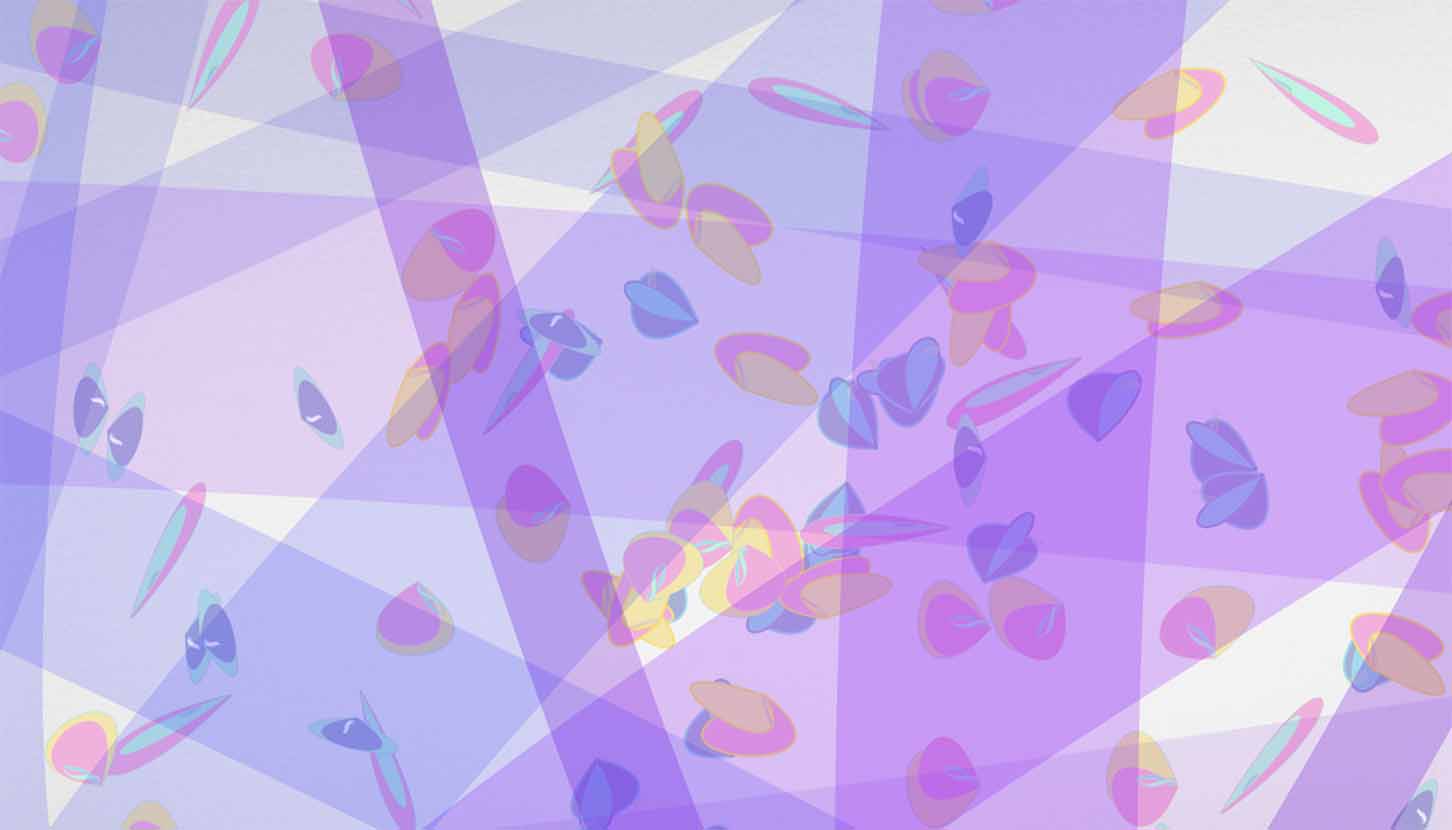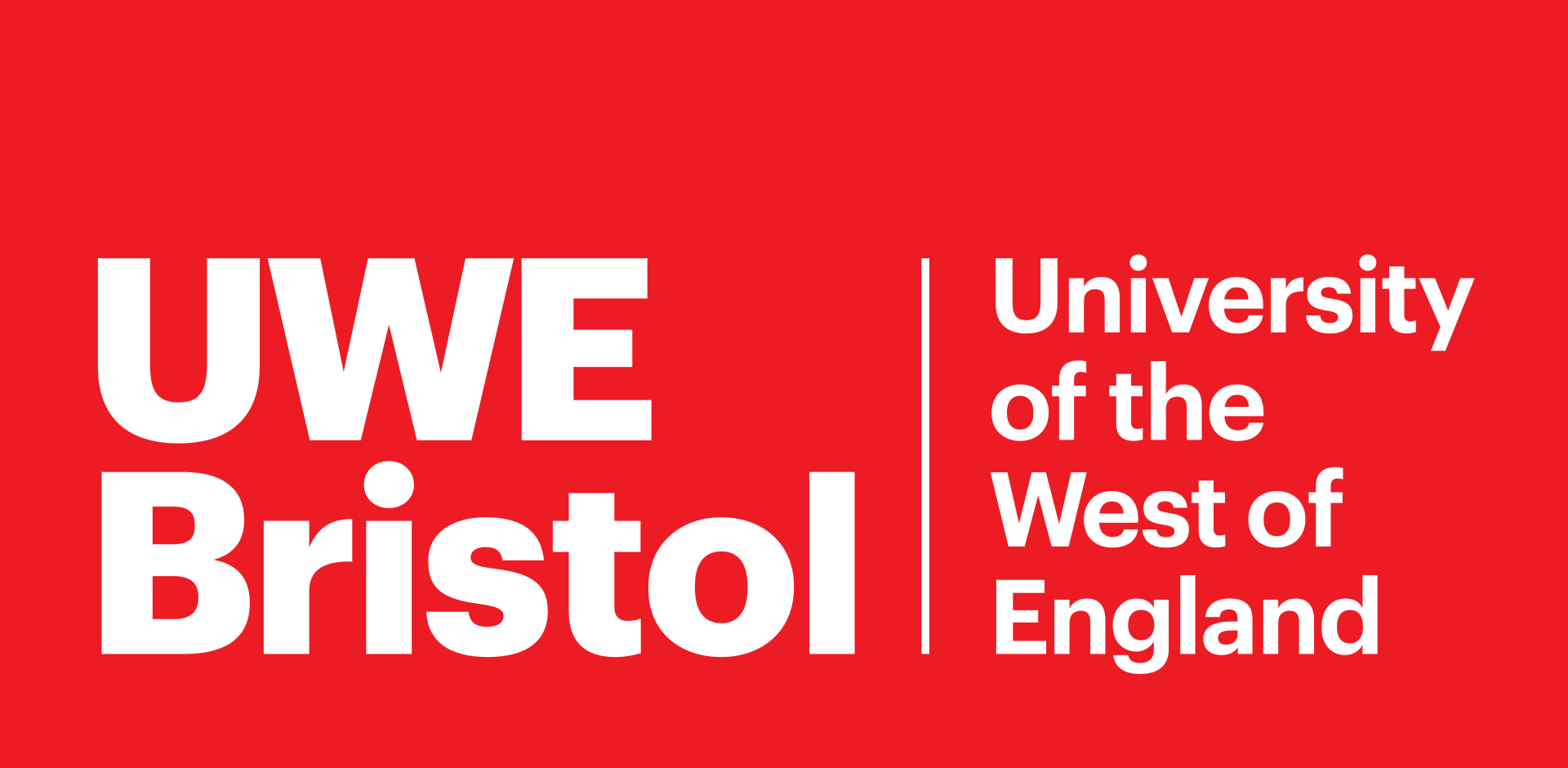Harnessing the power of human waste, ALICE houses "living bricks" which use microbial fuel cell (MFC) technology to provide an alternative to fossil fuels and natural waste water treatments. In this artwork, the bricks power a bio-digital interface which captures microbial energy production performance data to feed a visualisation, animation and soundscape created by a bacterial foraging algorithm and real-time data.
Active Living Infrastructure: Controlled Environment (ALICE) is a "living" installation that communicates with microbes in real time by monitoring their electricity production so we can "respond" to them by feeding them with our liquid waste. Drawing together microbial metabolism, data, bioprocessor systems, artificial intelligence, low power electronics and digital displays, ALICE reveals the inner "life" and naturally-organised, imperceptible realm of microbes around us. To hold these digital "conversations" with microbes, ALICE uses the Microbial Fuel Cell (MFC) as a communications platform. MFCs are an organic energy source powered by microbes which facilitate contact between humans and microbes through electrical exchanges. The collected and analysed data can tell us about household resources, as microbes can give us information about our consumption, and reveal what we discard in our waste streams—while also powering our homes and, ultimately, cities.

ALICE at the V&A Museum as part of the Digital Design Weekend, London Design Festival
Comprised of three basic components: sensors, MFCs and interactive displays, ALICE transforms liquid wastes (e.g. grey water, urine) into real-time electronic experiences, which enable us to negotiate a responsible relationship with microbes using a relatable digital interface. This is otherwise challenging as, not only are microbes invisible to the naked eye, but on those occasions where we can see them collectively growing as city-like structures called biofilms, we find their appearance off-putting, calling them “grot”, “slime,” or “ooze.” However, as microbes form the foundations of the living world, transforming our waste into useful resources, these conversations are critical for changing the impacts of human development, and we must find a way to meaningfully work with them—which is where ALICE steps up to the challenge.
Viewed through a "happiness index,” ALICE shows us the inner “life” of microbes that is captured by biosensors which transform microbially-excreted electrons into electricity and data. This is then interpreted through screen-based animations which reveal the direct electron-transfer between organic and electronic systems, so that we can tell how happy our resident microbes may be. If they are “unhappy” then we may wish to warm them, or feed them—in return ALICE can show us how they respond.
Enabling people and microbes to interact, ALICE helps us consider how our homes can be more than inert spaces and could even wean us off ‘dead’ fossil fuel-based systems. This could be achieved at scale by assembling a system of modular “bricks” based on MFC technology into a bioreactor wall. Ensuring the microbes stay “happy,” using an artificial intelligence to care for them, our waste can be exchanged for “housework,” and can be directed in different ways by ‘asking’ our microbes to perform a range of tasks (cleaning water, generating biomass, detoxifying the air) so our homes—and eventually our cities—become biologically-programmable.
Powered by 15 digitally-enabled 4-chamber MFCs, each of which can be thought of as a “living brick,” ALICE can connect with online systems and networks. This stand-alone demonstrator technology highlights the power of the interaction between “smart” and “organic” systems, which takes place at a bio-digital interface within the MFC. These capabilities were also used in the Living Architecture (LIAR) project, which, in addition to the MFC, comprised a system of various types of microbial units (photobioreactor, synthetic bioprocessor) giving the overall system added functionality to also harvest light, remove environmental poisons and greenhouse gases, as well as cleaning wastewater.
ALICE is a springboard for thinking about a new infrastructure that encompasses nomadic lifestyles, smart plumbing, resource autonomy - moving beyond fossil fuels and working with natural energy flows. This technology has global potential to disrupt energy and wastewater systems.
The projects received funding from the European Union’s Horizon 2020 and Innovation Programme under Grant Agreement nos. 686585 and 851246 respectively.
FAQs
MFCs are bio-electrochemical transducers that convert organic waste (such as urine) into electricity, as a result of microbial metabolism. Living bacteria attach as a biofilm to the anode (negative) half-cell, and consume organic matter releasing electrons and cations through an external circuit and semipermeable membrane, respectively. On the cathode (positive) half-cell, incoming electrons and cations (e.g. H+) react with an oxidising agent (e.g. oxygen) to complete the chemical reactions i.e. close the circuit, allowing current to be measured and energy to be harvested. First reported by Potter in 1911 the positive, multi-utility contributions to environmental remediation of this “living” technology means that it has quickly gained traction as a key next-generation sustainable technology in the last two decades.

Single MFC structure by Bristol BioEnergy
MFCs generate electron flow that is produced by the breakdown of organic waste by microbes using their natural metabolism, which comprises “electricity” when it is channeled through electrodes. This means that electricity can be produced at room temperature and within the limits of the natural carrying capacity of the environment. This is important, for if the world was powered by microbes, then we could not consume more resource than is available and is important, as according to the Global Footprint Network, the world's population is currently using not one, but one-and-a-half Earths. MFCs may, therefore, provide an important step towards living within the natural limits of our beautiful planet.
Urine is very rich in urea, which is broken down by urease-producing bacteria into carbon dioxide and ammonia. This is then used by a range of microbes as a ready-to-use nitrogen source for protein synthesis that is vital for their healthy growth.
The Bristol BioEnergy Centre (BBiC) at UWE has been advancing the development of MFCs as a platform technology for the past 20 years. BBiC pioneers microbially-powered electronics applications having developed the world’s first autonomous robot family (EcoBots) and self-sustainable toilets, powered by the MFC technology.
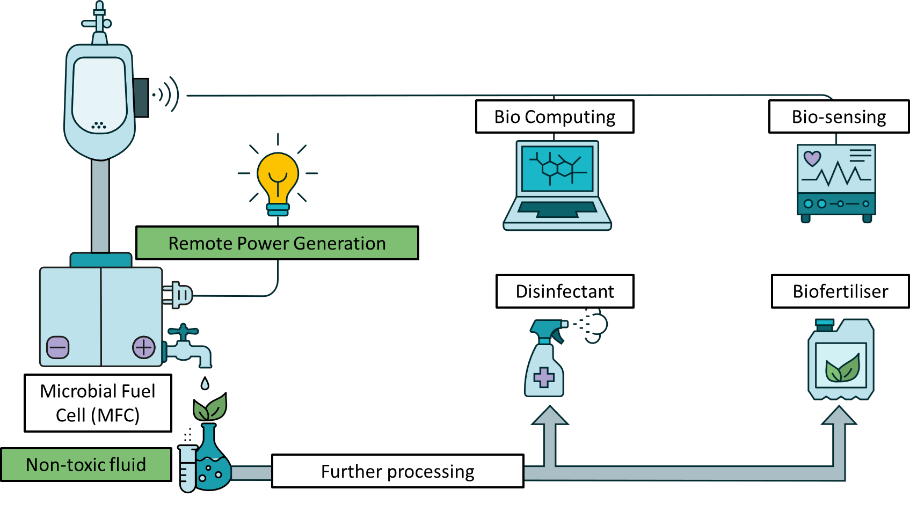
MFCs as a platform diagram
The MFC bricks are fundamental units of technology that, owing to the presence of microbes which carry out all the processing activities, are actually “living.” This means, like all living things, they have the potential to transform and evolve human habitats, through designed applications like wastewater treatment, powering robots, acting as biosensors, and developing off-grid power supplies, which are vital to rural communities.
The goal of ALICE is to develop the bio-digital interface capabilities of the Living Architecture (LIAR) project and increasing its Technology Readiness Levels (TRLs) so that it can be developed towards commercialisable applications. Based on the operational principles of MFC technology and natural synthetic ‘consortia’ of microbes these applications work at a range of scales from: smart urinals (which can charge your mobile phone); to decontaminating brownfield sites; or even being able to generate power from wastewater treatment facilities.
ALICE enables uptake of the technology by establishing the first “sociable” electronic interface powered by MFCs, comprising a first-generation biodigital hardware and user experience that communicates with a wide audience. Drawing from sensor data, ALICE translates the outputs into lively, communicable outputs like animations that connect with human audiences, comprising the first direct trans-species communications platform, and is configurable to a range of social contexts – from art galleries, to exhibition spaces and festivals.
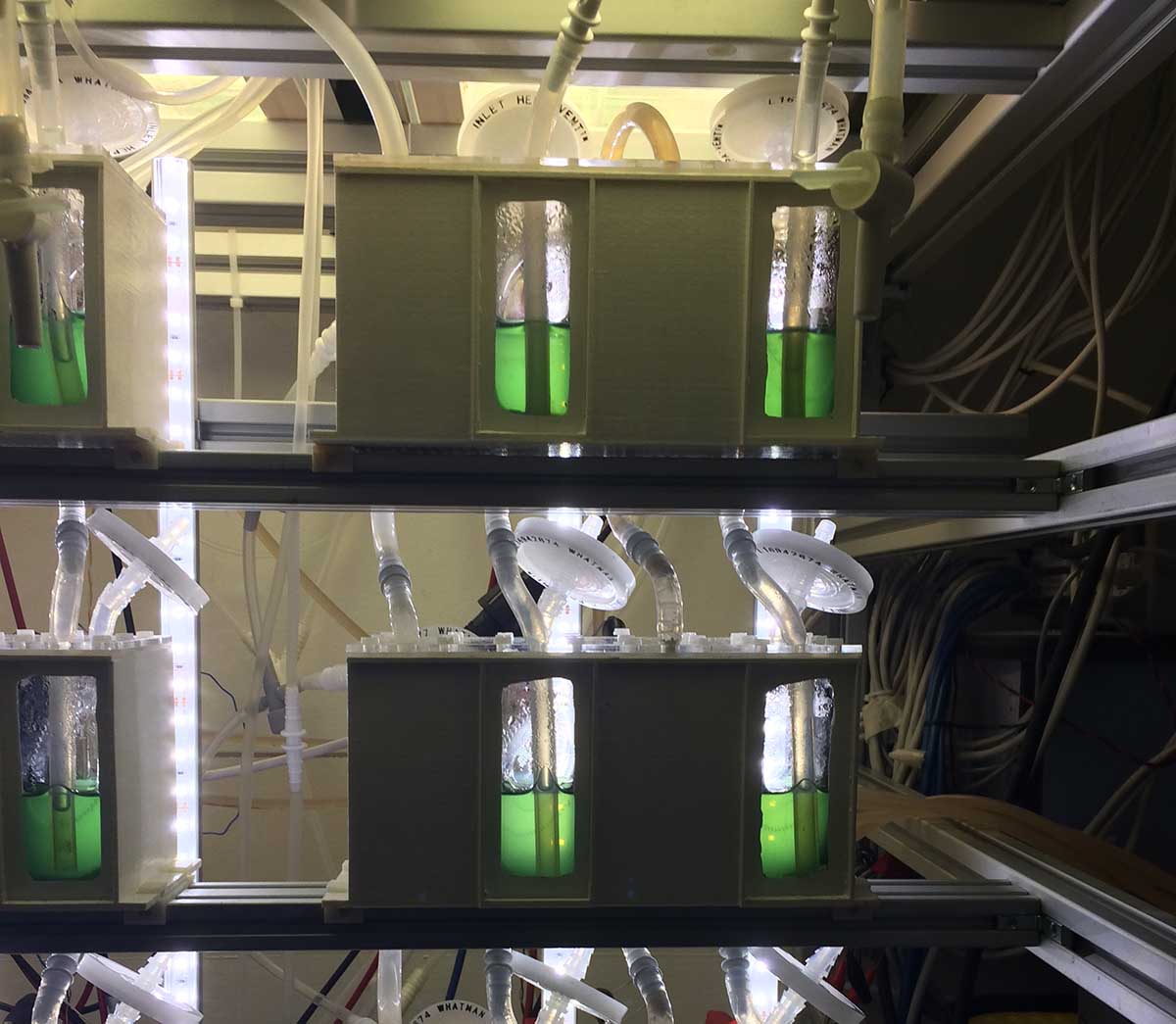
Image of 'living' bricks from the LIAR project.
Currently MFCs are “bespoke” in that they are developed for specific uses and situations. For example, they have been used at Glastonbury Festival for the last 5 years to transform the pee of revelers into power for mobile phones, computer games, lighting and digital screens. The MFC technology with biodigital enablement is presently being developed towards commercialisation with applications for funding presently in progress. We hope that the technology will be available within the next five years.
For more scientific information about MFCs visit the Bristol BioEnergy website.
For applications related to ALICE please see resources below
For more architectural applications please see the Living Architecture website.
We have designed an interactive experience that will have an augmented reality layer that brings the “mobes” to “life” as they colonise the real world. The installation plays on the idea of a reverse panopticon where visitors can see the activity of every cell and microbial “inmate” in the tower using digital devices.
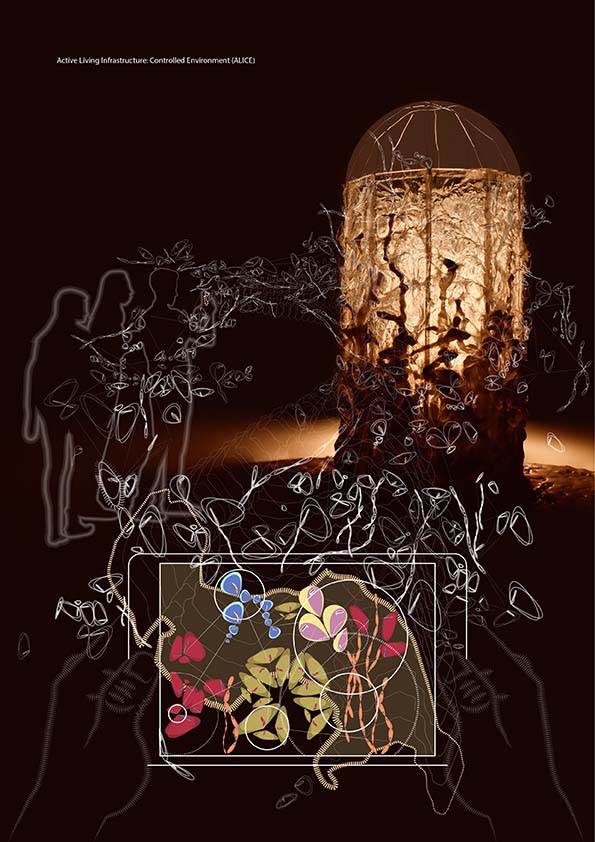
ALICE augmented reality panopticon installation (artist impression by Pierangelo Scravaglieri)
Bio-digital Interface
This interactive artwork is an artistic bio-digital platform that is based on the concept of data as being produced by microbes in the form of electrons. It gathers and displays this valuable field data, while also being powered by the same MFC system.
ALICE uses data as an art material to portray the microbial consortia within a series of 15 MFCs, which power a small computer, an array of sensors and the lighting. Data from the sensors monitors the MFC bioreactor performance in real-time, which uses an artificial life (AL) algorithm based on bacterial foraging to inform the “mobe” animation.
Sound is activated by microbially-produced electrons as part of the experience, highlighting commonalities between data and microbes, including the type of power used and the social preconceptions which frame them (for example: abundance, necessity, cleanliness).
The soundscape is composed through a mixture of algorithmic programming, user interaction (such as adding more food in the simulation mode) and data fluctuations. The audioscape is based on a remix of Bogusław Schaeffer samples from the 1970's, in the musique concrète style. The samples have been digitised and released by Adam Mickiewicz Institute under an open licence by Matmos and Ableton. Schaeffer was a significant composer who straddled classical tradition and avant-garde experimentation, and was resident at the Polish Radio Experimental Studio in the 1970s.
The work exists in different ways, online as an animated interactive biodigital interface, and as a physical installation.
Exhibitions
ALICE is premiering at the Digital Design Weekend, V&A, London, UK, as part of the London Design Festival.
It can be visited Friday 24th to Sunday 26th September 2021. More info here.
ALICE is a selected installation at the Electromagneticfield Festival, V&A, London, UK, as part of the London Design Festival.
It will be on display from 2nd to 5th June 2022. More info here.
Team
A consortium of multi-disciplinary collaborators have come together around the ALICE project. Project coordinator and experimental architect Professor Rachel Armstrong developed the principles for applying "living" technologies within architectural settings that established the Living Architecture project and brought the multi-disciplinary experts in ALICE together to realise another, more digitally-enabled expression of this vision.
Lead scientist Professor Ioannis Ieropoulos is a pioneer of waste utilisation and energy autonomy by harnessing microbes and produced the EcoBot family of robots that are powered by organic waste. He is a Bill and Melinda Gates Foundation grantee for the "Urine-tricity/Pee Power" project, which is advancing MFC technology for developing countries.
Lead artist Julie Freeman designed the ALICE installation and interactive experience, whose work spans visual, audio and digital art form, exploring the relationship between science, nature and how humans interact with it. Her work includes pioneering data-led artistic projects such as Interference, a sonic VR experience created in collaboration with pulsar scientists from the Jodrell Bank Observatory, RAT.Systems, a collaboration with Dr. Chris Faulkes and a colony of naked mole rats, and The Lake, a site-specific work which tracked bio-acoustically tagged fish and translated their movement into an immersive audio-visual experience.
-

Professor Ioannis Ieropoulos
Professor of Environmental Engineering, University of Southampton
Profile -

Professor Rachel Armstrong
Professor of Experimental Architecture
Profile Twitter -
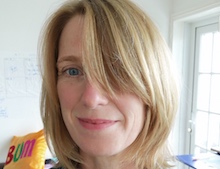
Dr Julie Freeman
Artist & Computer Scientist. Director of Translating Nature, data art studio
Website Twitter -

Dr Jiseon You
Research Fellow, Bristol BioEnergy Center
Profile -
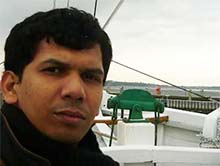
Arjuna Mendis
Senior Research Technician, Bristol BioEnergy Center
LinkedIn -

Stephen Wolff
Creative technologist
Website Twitter -

Professor Rolf Hughes
Professor in the Epistemology of Design-Driven Research, Department of Architecture, KU Leuven
Profile -

Pierangelo Scravaglieri
PhD Candidate in Experimental Architecture, School of Architecture, Planning & Landscape Newcastle University
LinkedIn Instagram
While ALICE is the first time this team has worked together, their collective achievements include award winning work, Senior TED Fellowships and extensive exhibition/festival installations including biennales (Tallinn, Venice), festivals (Glastonbury, Green Man, Blue Dot) and formal art galleries (Whitechapel, FACT, Barbican, Somerset House, V&A).
Contact Us
Please email Rachel Armstrong and Julie Freeman to exhibit the work, for press enquiries, to request a talk at your event.
Partners
University of the West of England
Bristol Robotics Lab (BRL) & Bristol BioEnergy Centre
The Bristol Robotics Laboratory is a joint venture between the University of the West of England, Bristol (UWE) and the University of Bristol (UoB).
The Bristol BioEnergy Centre specialises in waste and wastewater utilisation, as a source of bioenergy, for practical applications and in ultra-low-power electronics and smart energy harvesting. ‘Bioenergy’ is understood differently in various contexts; the most common being associated with heat and gas extraction as well as biogas and biofuel production. Microbial fuel cells (MFCs) utilise the natural biodegradation ability of live microorganisms, and exploits it to generate electricity from waste directly, at ambient temperature and pressure, and without any other energy input.
The Bristol BioEnergy Centre sits within the Bristol Robotics Laboratory, which has a mission of understanding the science, engineering and social role of robotics and self-sustainable systems. Their aim is to create autonomous devices capable of working independently, with each other, or with us in a human society. The BRL is an interdisciplinary venture drawing on robotics (UWE), electrical engineering (UWE), applied biological sciences (UWE), mechanical engineering (UoB), computer science (UWE and UoB), psychology (UoB), cognitive science (UoB), sociology (UoB) and anthropology (UoB).
Translating Nature
Data art studio
Translating Nature Ltd (TN) collaborates with organisations, academia and artists to develop and produce artworks and digital experiences that use data to translate and reflect the living systems around us. Often working directly with real-time living data from animals, the environment or any living system, one of their key research themes is How does digital technology strengthen to our connection to, and understanding of, the natural world?
Through their studio practice they translate complex processes and data from natural sources into installations, kinetic sculptures, VR, sound compositions, data visualisations and animations aimed at provoking wonder from a wide audience.
University of Newcastle Upon Tyne
School of Architecture, Planning and Landscape
The University of Newcastle, UK (UNEW) is a Russell Group university that has a constitutional commitment and an international reputation in the field of urban sustainability. The university’s commitment to smart and future cities made it home to the Institute for Sustainability; established to develop and strengthen real world relationships which support regional, national and international interdisciplinary research in sustainable practice.
At the heart of UNEW’s agenda is extensive cross-faculty collaboration that seeks new solutions for high-risk global challenges. UNEW draws widely upon its areas of established research excellence and the data infrastructures produced by smart cities initiatives that enhance urban civic experience through the incorporation of new technologies into our living spaces.
Within the context of exploring our urban futures, the School of Architecture, Planning and Landscape established a new field of Experimental Architecture that looks for new paradigms for sustainable urban practices through: modelling, prototyping, designing installations and by trialling cutting edge technologies. One focus is on Programmable Materials and their potential in generating urban forms both architecturally and agriculturally. The pedagogy of active research and experimentation aims to challenge architectural mores and practices at a time when more ecologically and socially enabling ways of working are needed.
More Information
Videos, Talks and Papers
-

Pee Power at Glastonbury
Ioannis Ieropoulos talks about the Pee Power urinal that turns pee into electricity - as supported by the Gates Foundation and UWE
Watch video → -

Sustainable Innovation: Pee Powered Energy
Listen to what Pee Power technology has accomplished through its innovation of microbial fuel cells that channel urine to create clean and sustainable energy. With Professor Ioannis Ieropoulos.
Listen to podcast → -

Living Architecture
Keynote talk by Rachel Armstrong on “living” architecture and ALICE for Biodesign and Beyond, 2021
Watch video → -

Creating with Data
Creating with Data Keynote at Ars Electronica 2021 by Julie Freeman - Data as an Art Material
Watch video → -

Research Paper
Innovative Design of Microbial Fuel Cell for Integration into Selectively Programmable Bioreactor Wall, 2019
Read paper → -

Living Architecture
Short film about Living Architecture (LIAR) - a next-generation, selectively-programmable bioreactor.
Watch video → -

Microbial Architecture
Microbial Architecture and Built Immunity in the Urban Environment by Rachel Armstrong
Watch video → -

Research Paper
A Comprehensive Study of Custom-Made Ceramic Separators for Microbial Fuel Cells: Towards “Living” Bricks, 2019
Read paper →
A project by:
The project has received funding from the European Union’s Horizon 2020 and Innovation Programme under Grant Agreement no 851246.


